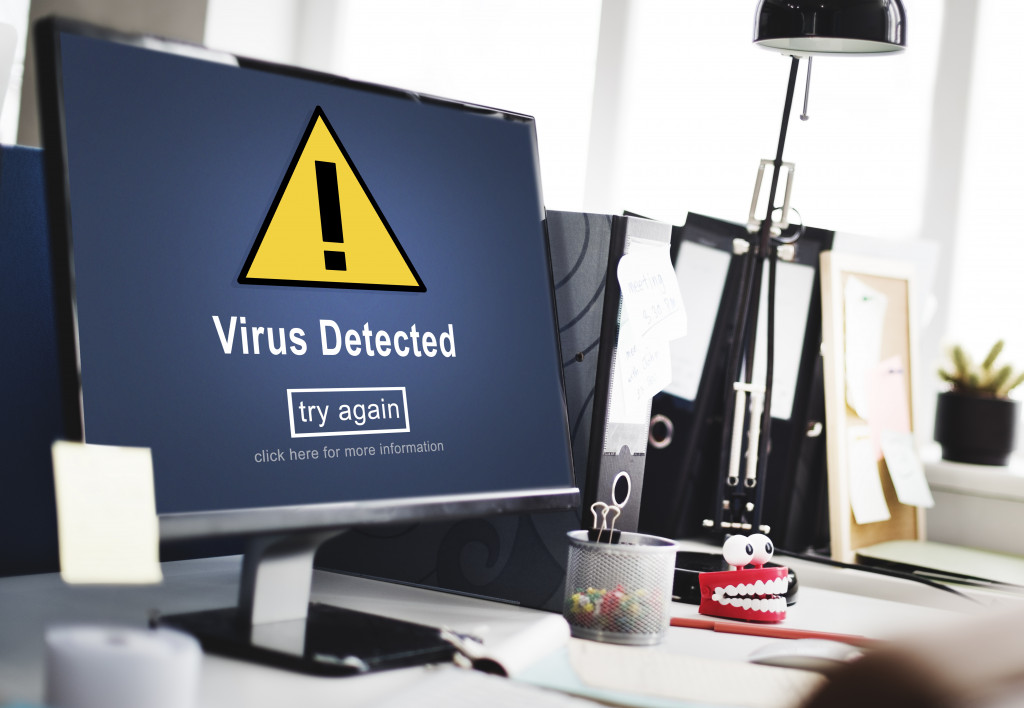Competitors, market behavior, and economic slowdowns aren’t the only factors that can threaten your small business. They are external threats, which you have hardly any control over. Of course, you need to use those factors to your advantage, requiring you to manipulate them in any way you can. However, internal threats can be more significant by comparison.
Internal threats refer to factors found within your organization. They include conflict in the management, labor shortages, data breaches, and technology issues. They might be more significant than external threats because they can directly affect your operations and customer service. For instance, if your managers violate your policies and bypass the chain of command, your company culture might be at stake. Your employees might lose their morale because of their rogue manager. As a result, they can perform poorly and tarnish your company’s reputation.
Common Internal Threats
Let’s first identify the common internal threats in an organization to understand their nature further. They are classified into three types: human-factor, technological, and physical.
Human-factor
Human-factor threats include union strikes, insider crime, employee dishonesty, ineffective leadership, issues with suppliers, and delinquency of customers. These threats pose a challenge in your operations. In addition, they can hinder productivity and affect customer service.
Technological
Outdated operating systems are one example of a technological threat. It can disrupt production or inventory turnover. Lack of a competent IT staff counts as a technological threat, too. Without people to oversee your tech needs, your company will be late in advancements.
Physical
Physical threats include asset damage or loss. For example, your office got hit by a hurricane, destroying the building and equipment. This incident will interrupt your operations even if you and your employees are safe. In addition, it can incur up to hundreds of thousands worth of damage.

Ways to Protect Your Small Business
You don’t need to have the budget of a multi-million dollar company to protect your small business. If you can identify the internal threats in your organization, you can tailor your measures around your budget. Consider employing these low-cost preventive measures:
Categorize Between Accidental and Intentional Threats
Not all threats occur because someone poses them. Accidents can happen, as mentioned above in the hurricane example. Therefore, categorize your strategies into measures for accidental threats versus deliberate threats. For example, get a business insurance and credit line to cover asset loss due to natural disasters. Then impose policies regarding confidential data to prevent employees from disclosing them to unauthorized personnel.
Limit Access to Sensitive Data
Giving all employees free access to sensitive data can put your business at risk of sabotage, theft, and other insider crimes. For example, a rogue employee can leak your research and development plans to your competitor. They can also intentionally delete data to put a colleague under fire.
A high-quality access control software can help you prevent such scenarios. But you might need to stretch your budget for it. Access control is integrated into an IT system, which can cost a lot but is worth every penny. It minimizes the risk of unauthorized access to physical and logical systems. As a result, you can prevent unauthorized employees from accessing sensitive data and hackers.
Install Surveillance Systems
You can do no wrong with trusty surveillance cameras and alarm systems. They make excellent burglar deterrents. Most surveillance systems can now be connected to a smartphone, allowing you to see real-time footage. It will help you catch an employee who steals everything from lunchboxes to petty cash.
Update Software Systems
Avoid putting up with outdated software systems. If you’re worried about upgrading costs, you’ll lose more money to the effects of your outdated software. For example, if you still employ the same production software you used ten years ago, it might not detect failures and bottlenecks like the latest software. Hence, you cannot meet the optimal output for maximum profitability. But if you invest in updated software, you might even exceed the necessary production output.
Hire a Skilled IT Team
In this age, a business is practically primitive if they don’t have an IT team. If you don’t have the budget for their payroll yet, consider outsourcing or paying IT consultants.
Conduct Thorough Background Checks
Last but not least, conduct a thorough background check on each candidate before hiring them. Use character references, especially their former supervisors, to confirm their character. In addition, see how your colleagues and subordinates interact with each other. If you notice animosity in your workplace, don’t dismiss it as petty disagreements unless you confirm that they are. Investigate to ensure that your business isn’t under serious threat.
Using extreme measures to protect your business from internal threats doesn’t make you paranoid and distrustful. Instead, it makes you practical and responsible. Besides, preventing internal threats also protects your customers, employees, and stakeholders.



